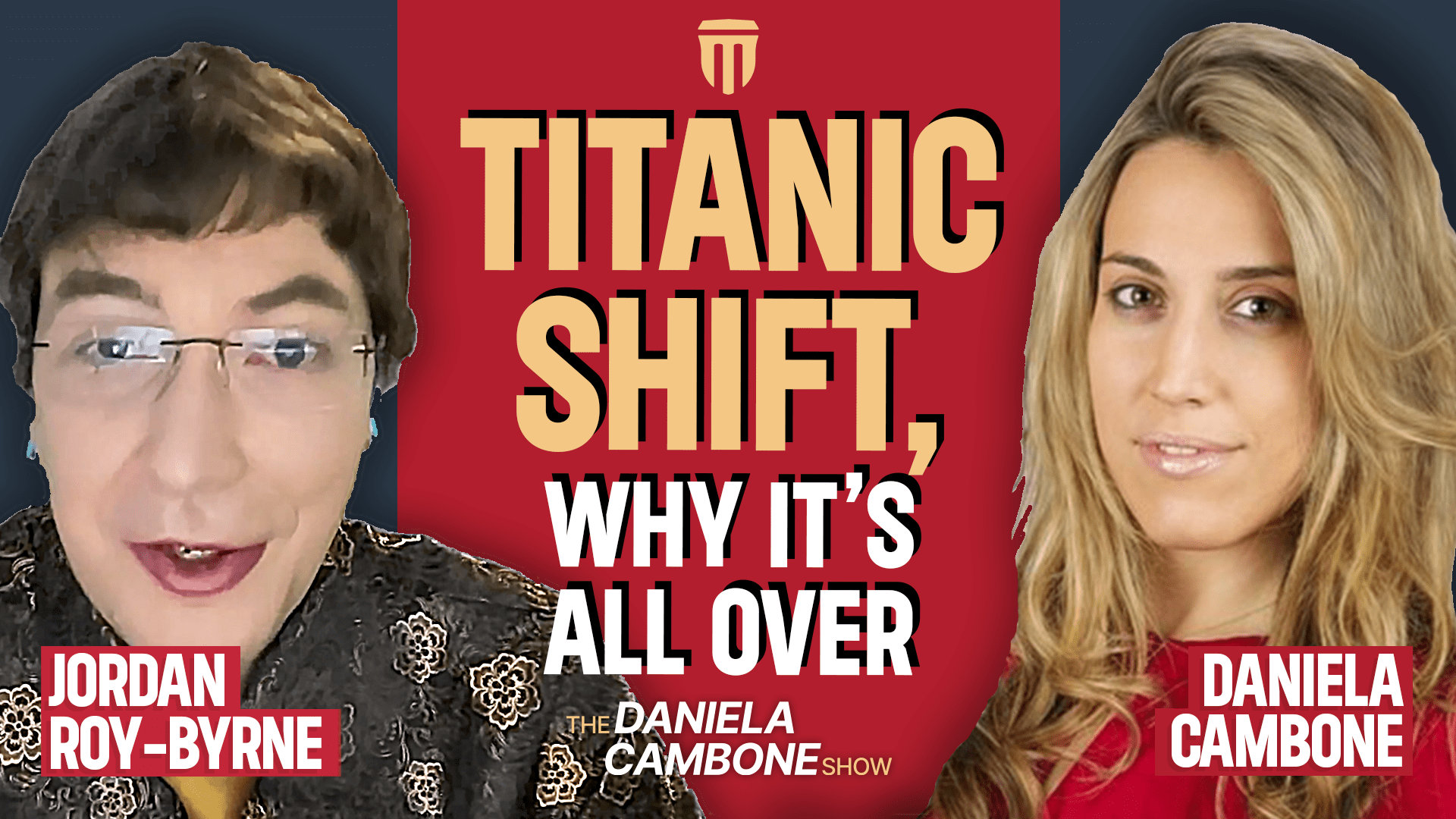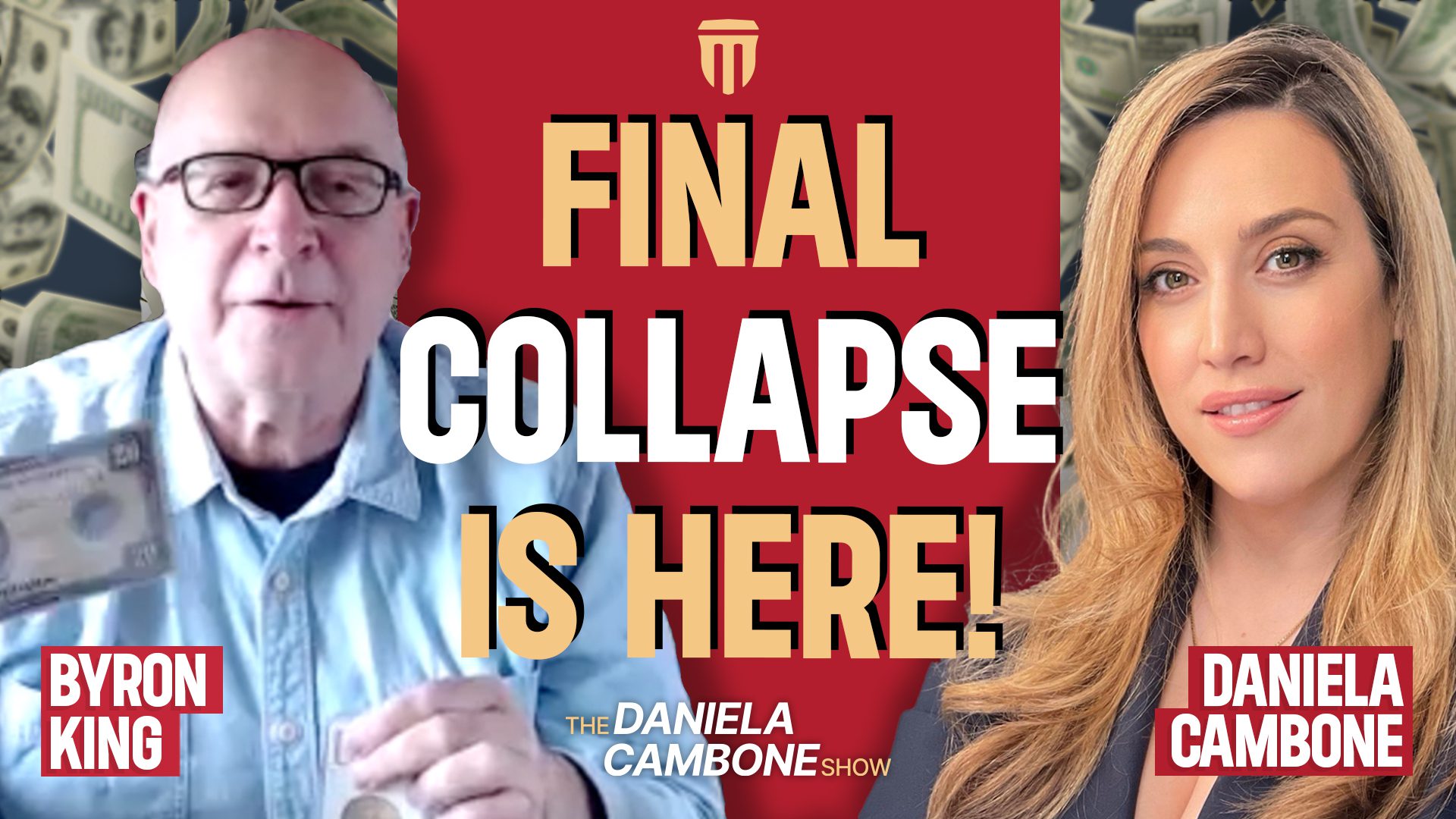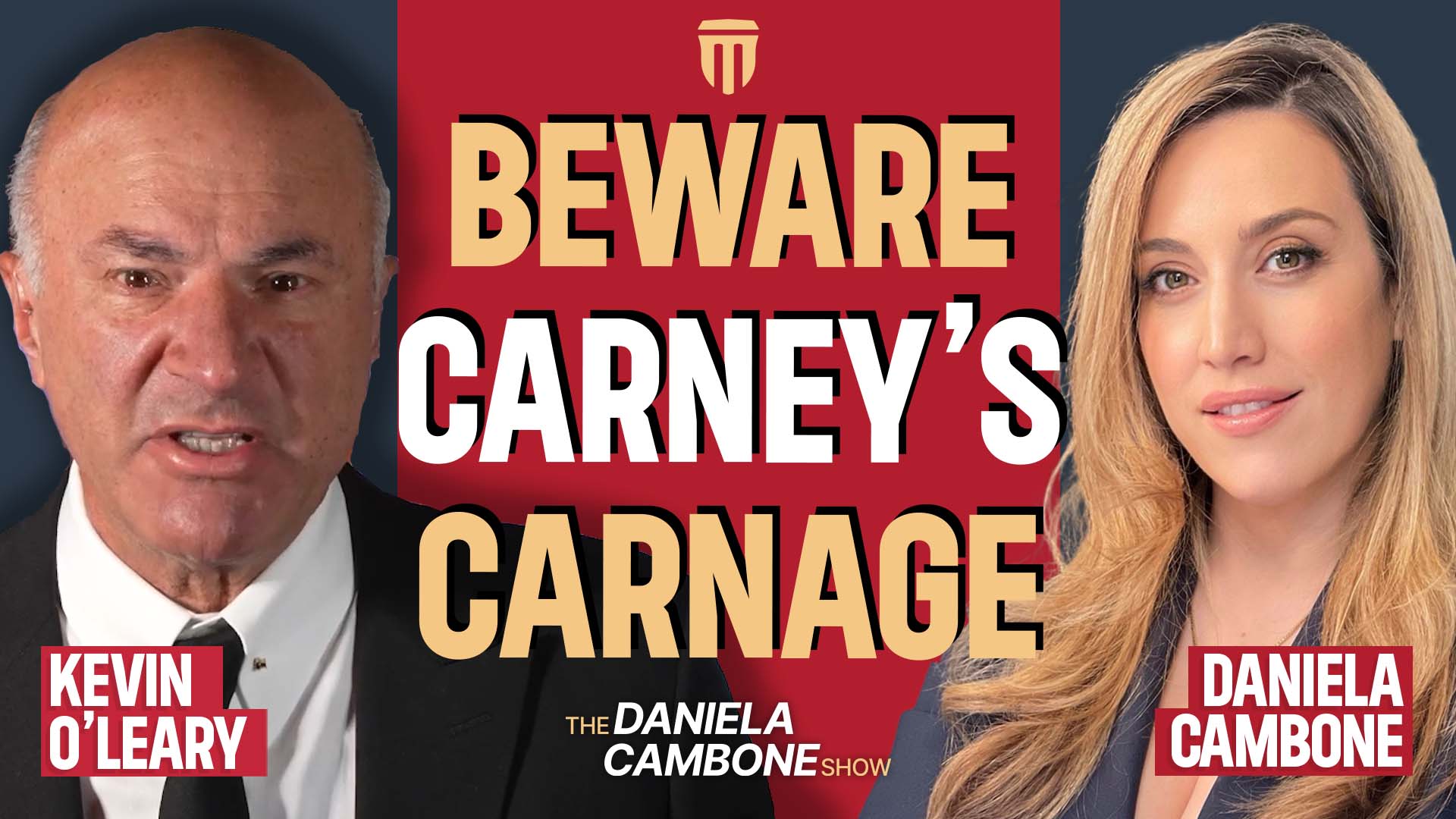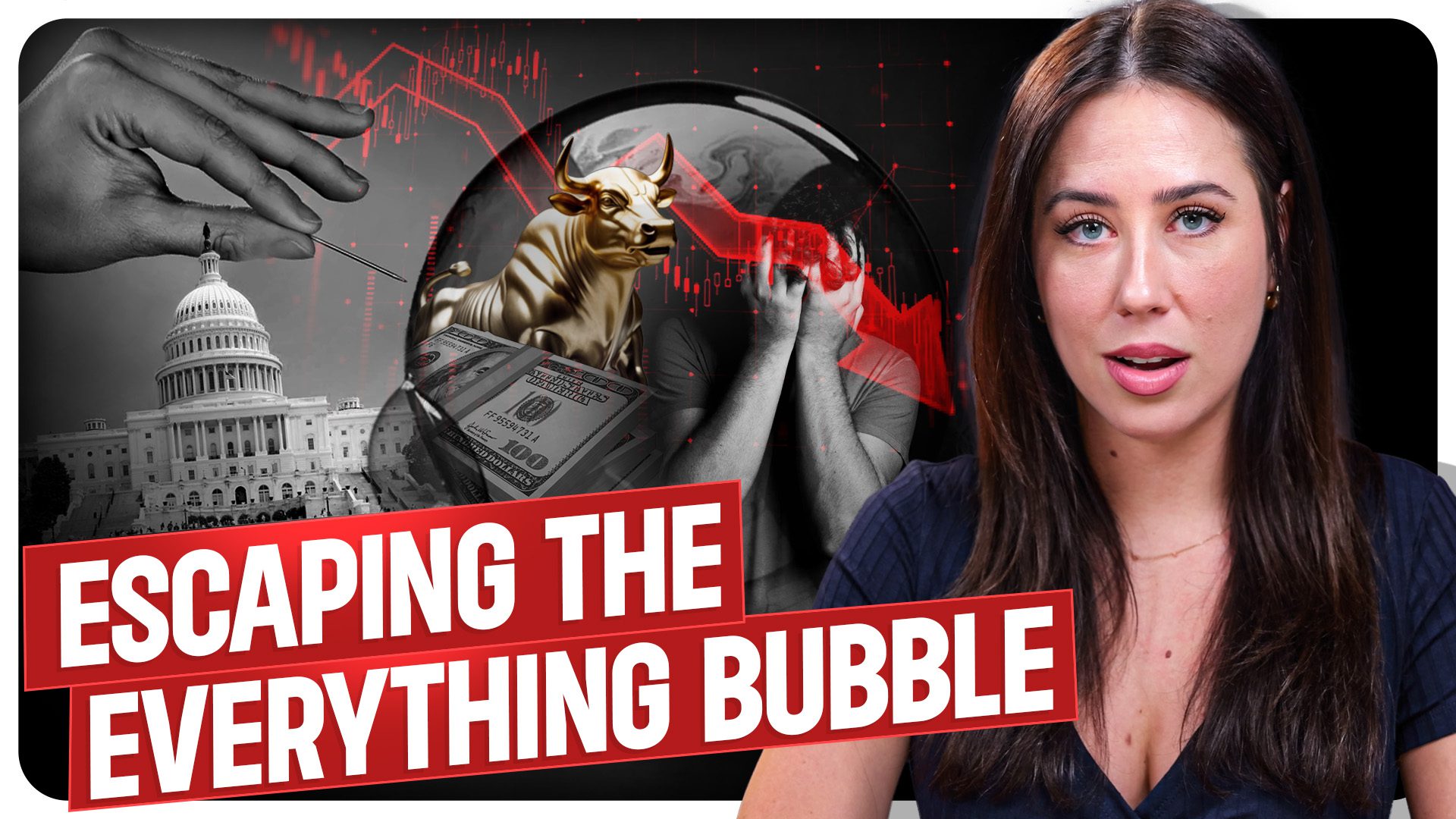Counterfeiting, Beware of Fraud, Scams and Rip offs

 Counterfeiting. What does this word make you think of, printing presses rolling in a basement, a plastic strip in your twenty dollar bill or possibly a cheap Gucci knockoff? Any of these would probably jump to mind long before the types of counterfeits this article is about. This article is about old school counterfeiting, the kind that the Secret Service was originally organized to police.
Counterfeiting. What does this word make you think of, printing presses rolling in a basement, a plastic strip in your twenty dollar bill or possibly a cheap Gucci knockoff? Any of these would probably jump to mind long before the types of counterfeits this article is about. This article is about old school counterfeiting, the kind that the Secret Service was originally organized to police.
Not a genuine United States Coin. This is an older term for counterfeit. In fact counterfeiting has been around since the day money was invented, and it is for this very reason that any purchases of precious metals should be considered with a keen and knowledgeable eye.
Gold and silver coins alike are counterfeited. Coins of nickel, copper, and zinc are also counterfeited, and usually these non genuine coins fall into two categories: counterfeited for circulation and counterfeited for sale. Unfortunately for the novice acquirer, both of these fraudulent types of coins can easily end up in a portfolio.
Coins that were counterfeited for circulation (usually silver coins and small gold coins) in the United States generally were produced in the later 1800’s or early 1900’s and have had a hundred plus years to be recognized and picked put of circulation, so quite often only the very good fakes are still circulating today. You have to remember that during the turn of the 20th century a one ounce silver coin was a dollar, and a one ounce gold coin had a value of twenty dollars, and the average annual salary was $750.00. Producing a counterfeit dollar coin or five dollar coin during this time made economic sense, as long as you didn’t use gold or silver for the forgery. Thus most older counterfeited coins are of some type of silver or gold-like alloy and are therefore worthless to the buyer.
On the other hand, coins that are counterfeited for sale are quite often legitimate US coins that have been altered in some way to make them more rare and valuable on the collectors market. For instance, removing a mint mark on a 1901 silver dollar doesn’t really change the silver weight in a coin, but a 1901 silver dollar without a mint mark (thus coined in Philadelphia) is much rarer and more valuable than just it’s silver content on the open market. Counterfeit gold coins tend to be real gold, but a copy of a rare and valuable coin. A very good copy of a $10 dollar Indian may only contain $800 worth of gold, but may sell for upwards of $5,000 to an unsuspecting buyer. This is the type of counterfeiting happening today.
Short of buying a triplet loupe, a stack of books on U.S. coinage, an acid test kit, a digital scale and a microscope, the best way to purchase precious metals with confidence is to use a reputable brokerage firm. A very positive Better Business Bureau search, personal testimonials, and a solid history in business is the least you should accept to do business. However, if you really want security in your transaction I suggest expanding your requirements to do business to include not only a documented buy-back policy, but a firm that deals only in sight seen coins graded by either NGC or PCGS. A coin encapsulated by NGC or PCGS is guaranteed by them to be authentic and genuine, not a copy or altered coin. By choosing to purchase from a brokerage that will buy the coin back also removes the onus of authenticity from the buyer, and puts it back on the seller, exactly where it belongs, helping you stay clear of counterfeiting.














